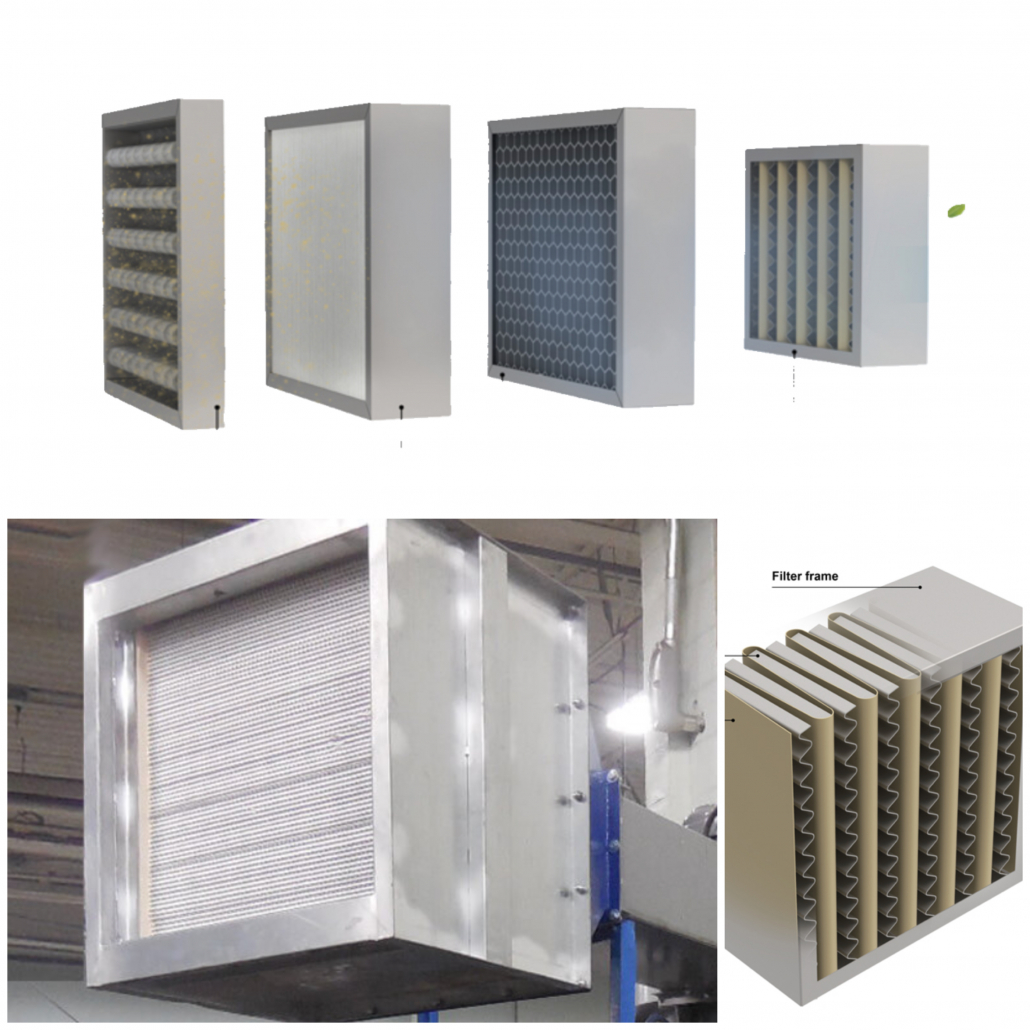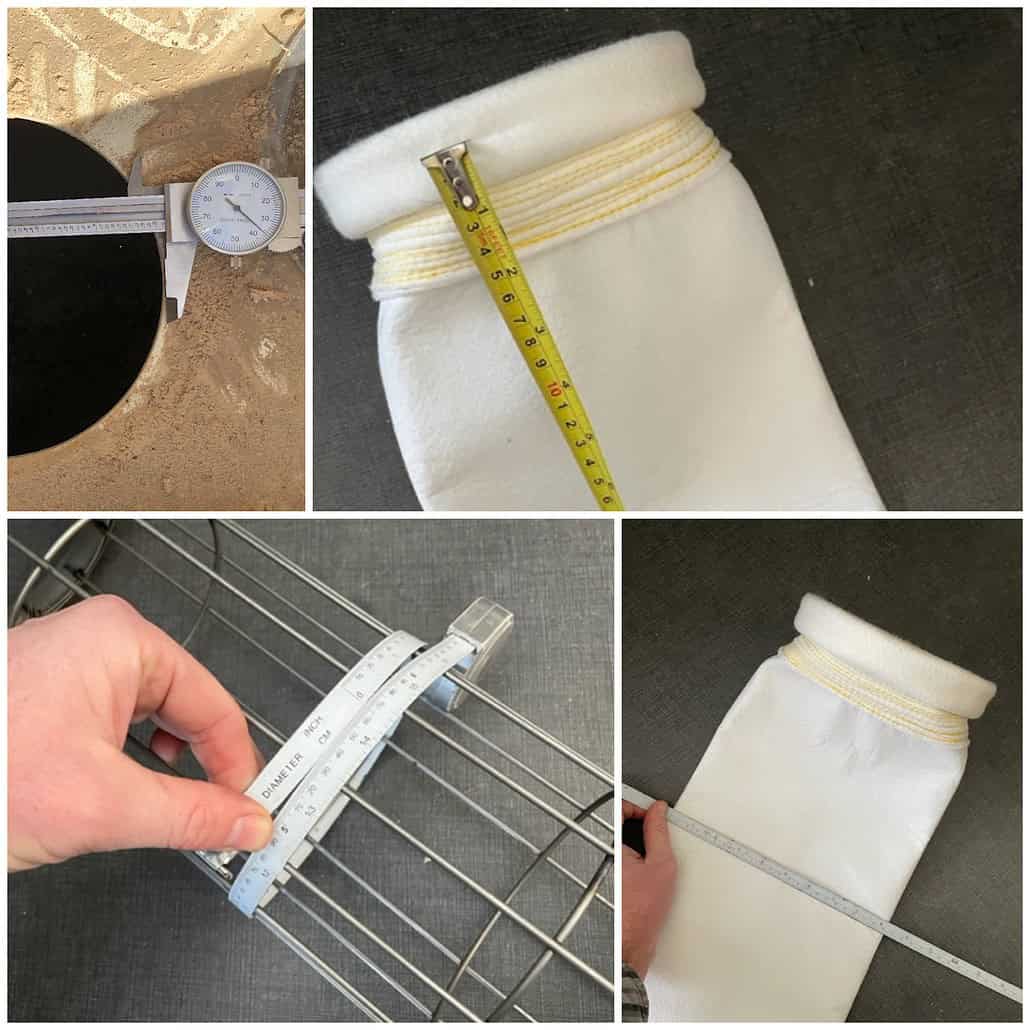There are several methods of joining metals today but the most common is welding. During welding, two metals are joined together or fused using heat, pressure, or even both techniques. This produces a final joint that could be as strong as or even stronger than the two metals from which it was produced. Some of the potential hazards in welding are harmful dust, heat, smoke, fumes, and light radiation that is injurious. The smoke produced by welding can be toxic in itself since they are gases. The heat that is generated by the welding activity can result in burns when it comes in contact with the skin some of which are eye injuries when pieces of chips that are hot come in contact with the eye. Even the light that is emitted during welding can cause damage if the eye is not protected. Added to this is the danger of one getting electrocuted during the welding activity. The NIOSH has established a hierarchy of hazard controls which has become the widely accepted industry standard for determining the feasibility and potential causes of injuries and hazards during a welding operation. The five levels of the hierarchy are next discussed in the blog.
Key Takeaways:
- Welders are at a high risk of eye injures from the hot slag and metal chips.
- Wearing a welding helmet with filter plates will help protect you from rays and weld sparks.
- Adequate ventilation is crucial to keep welders from inhaling too many airborne contaminants.
“Impact, penetration, harmful dust, smoke, fumes, heat and injurious light radiation are all potential hazards associated with welding. Welding “smoke” is a mixture of very fine particles (fumes) and gases.”
Read more: https://www.ishn.com/articles/110590-welding-safety-precautions






